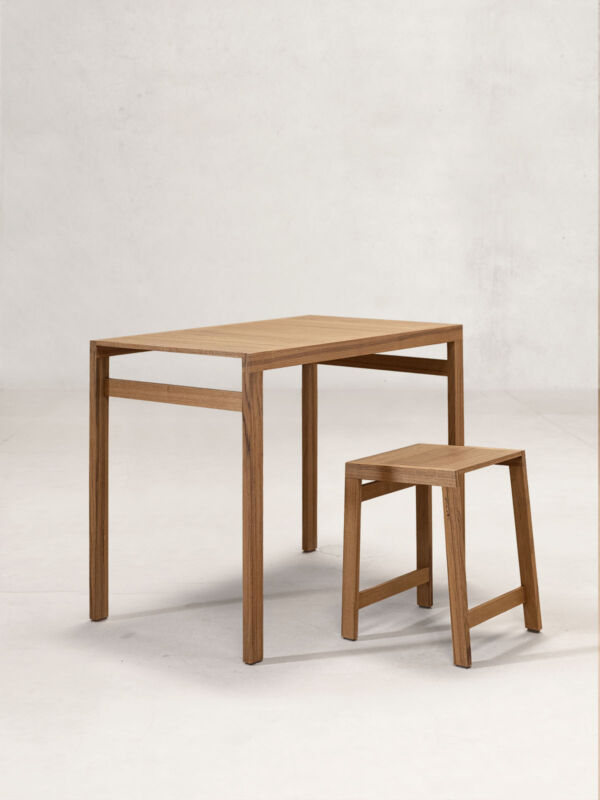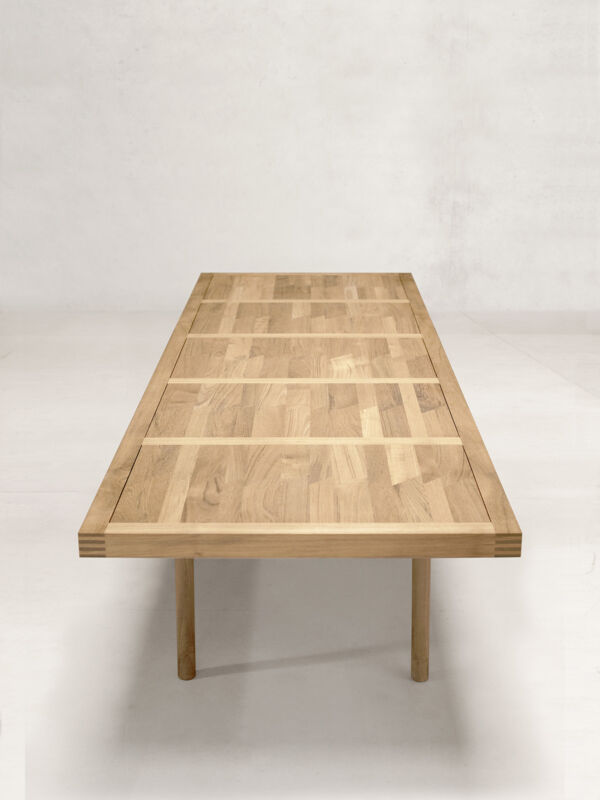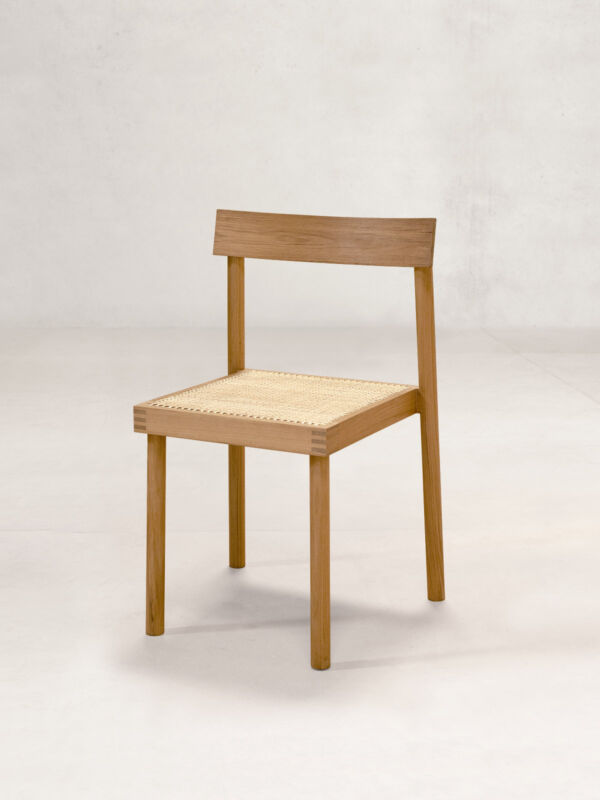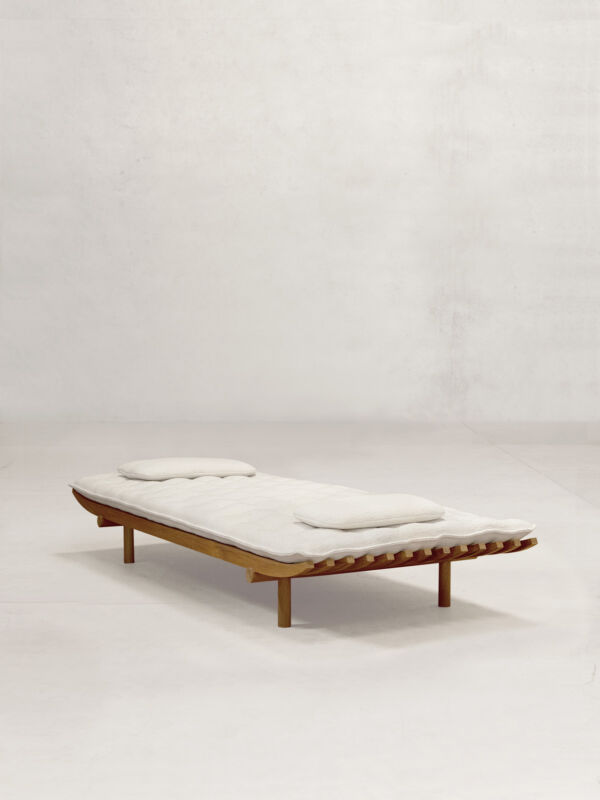Discover The Magic In The Mundane With Designer Klemens Grund
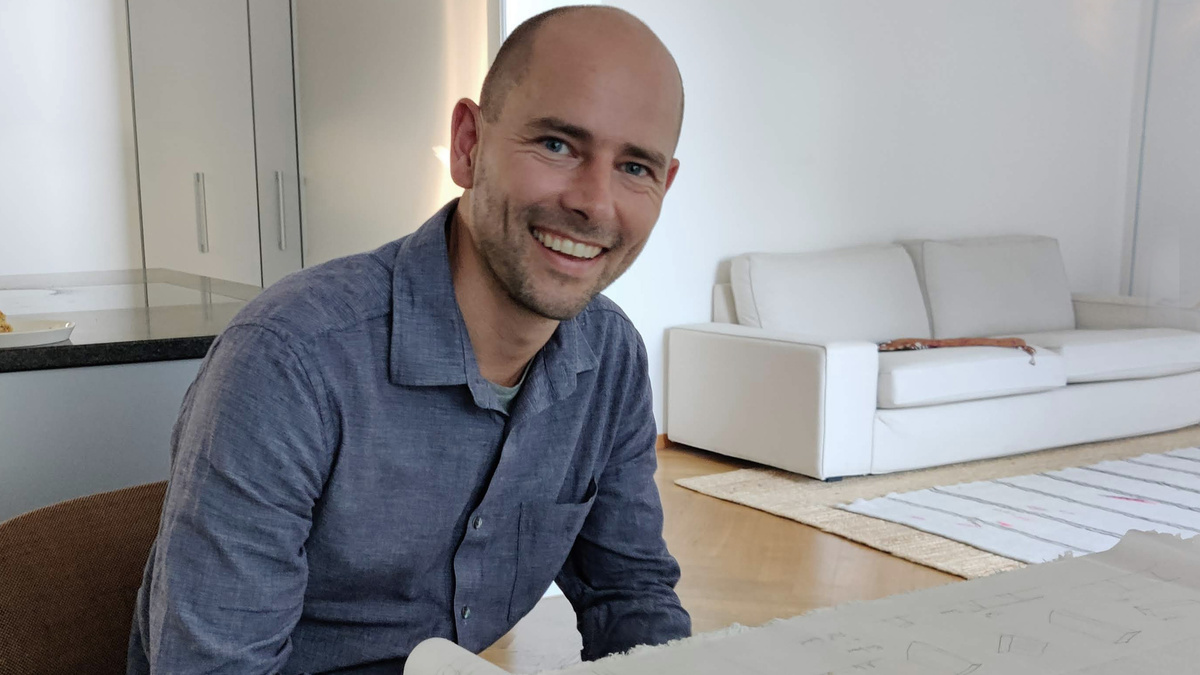
Designer Klemens Grund in Zürich, 2022
Parni Ray
15.06.2023
"Everyday objects are the soundtrack in the film of our life story." reads German master craftsman Klemens Grund's website. Be it inspiration for his creations or his process, Grund relies on the 'everyday'. He has composed a work vocabulary—a soundtrack of making, if you will—that is unique to his craft and process. He gives Parni Ray a glimpse of his routine and shares pictures of his 'making' adventures over a week.

“The cherry liqueur is the key,” Klemens Grund explains, “you want the sponge cake to be soaked in it before laying on the cream and the cherries.” He is teaching me how to make a Black Forest cake, the stuff of birthday dreams and brunch dessert fantasies that originated in (and got its name from) the region of Germany he grew up in. Cake making isn’t a regular feature at the master carpenter’s home, but ‘making’ of almost every other kind is.
Based in the city of St. Gallen, just south of Lake Constance in east Switzerland, Grund is a designer and craftsman. At his day job, at the 3D department of the Kunstgiesserei St.Gallen, an art production foundry, he helps make large-scale works by artists such as Nicole Eisenman, Urs Fischer, and Simon Starling. Then, on his weekly days off, he makes things of his own.
We were speaking on a Monday afternoon in November 2022. Over the weekend, he would be attending a bow-making workshop. I immediately pressed him to share photos. Could he also take pictures of everything else he would do through the week? He agreed.
This is a gist of our many conversations through the week and a photo journal of Grund’s making adventures.
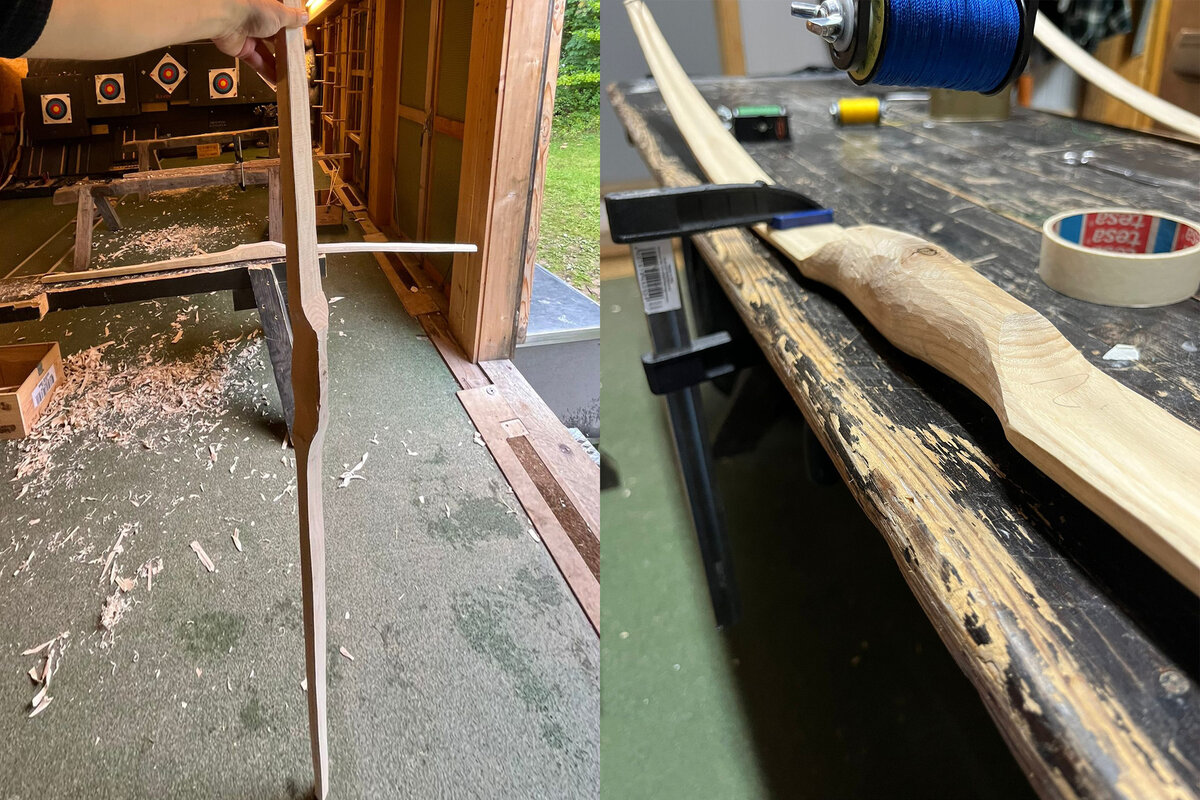
Start Young, Train Right
It all began the day he rode his Vespa to that first carpentry workshop and landed an apprenticeship. Klemens was 15 years old and had just graduated from school. With the clarity afforded only by teenage wisdom, he knew he was done with education. “It was my father who pushed me to get the job. He was a craft teacher and knew someone at the workshop.”
This wasn’t Klemens’ first rodeo; his brother and he shared a little woodshop where they built things all the time. “Little models of ships, toys, bows…,” he listed.
Crafting things may have been encouraged at home but there were rules. “Once we were done, we had to clean up, no matter how tired we were.” On occasions, when the Grund boys didn’t abide, their father would collect all the wood shavings and dust they had left behind and put it on their beds. “That sure taught me a lesson for later life,” he shook his head.
The tough love at home, and at the workshop, however, bore fruit. It didn’t take long for Klemens to realize that the apprenticeship had proved to be a turning point. His growing fondness for carpentry took over his post-work hours. Soon he was collecting discarded pieces of wood from the workshop floor to take home and “do something”.
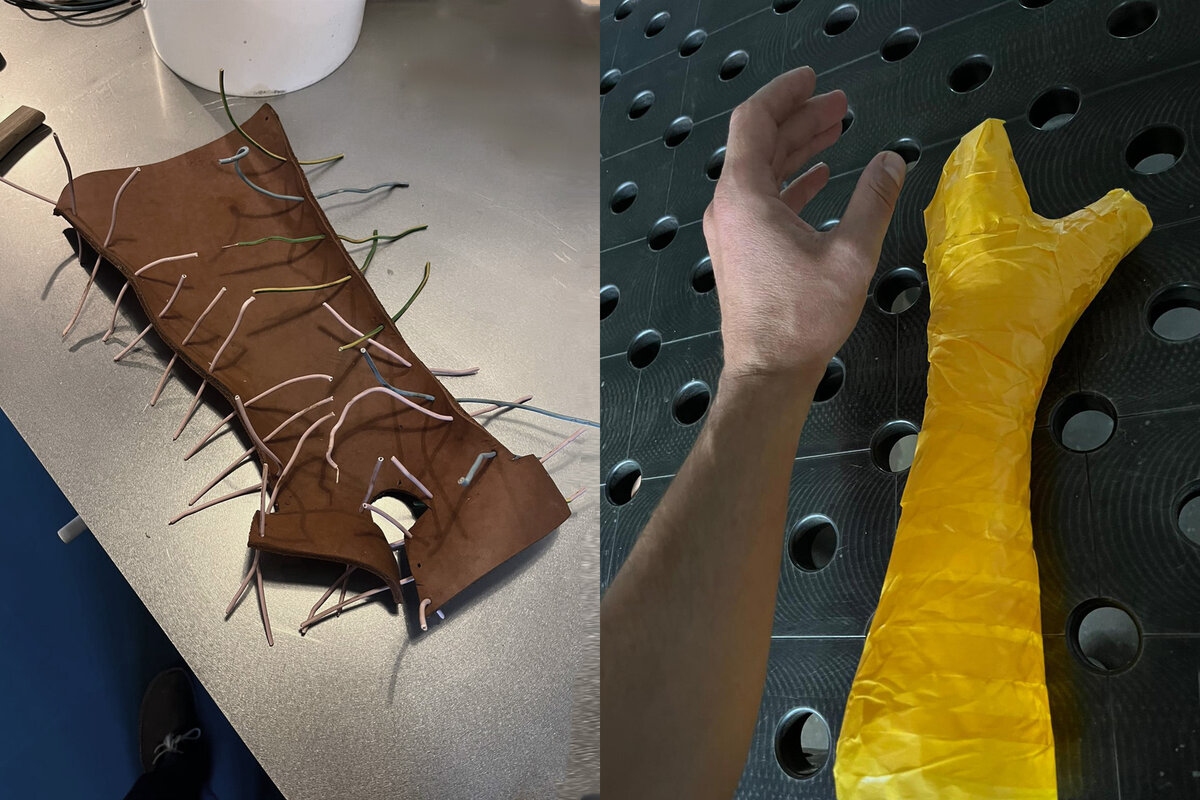
Sketch Before Building
One of the first things Klemens built as a teenager was a version of a plywood table by German furniture designer Axel Kufus. He had found a picture of it in a magazine and on the insistence of his workshop mentor, drawn up a sketch before making it (“another great lesson that I still follow”).
Almost all the furniture he has had since is built by him. “Like this one here,” he walked into the kitchen and pulled a chair by its head rail onto the table. It was simply designed with a box seat that had been custom-fitted with a leather slider.
This was an earlier version of the stackable chairs he has made with Phantom Hands. “I wanted something simple and lightweight to sit around at home,” he said. "You could say I am the only one in my friend circle who doesn't have to make hurried visits to IKEA", he grinned.
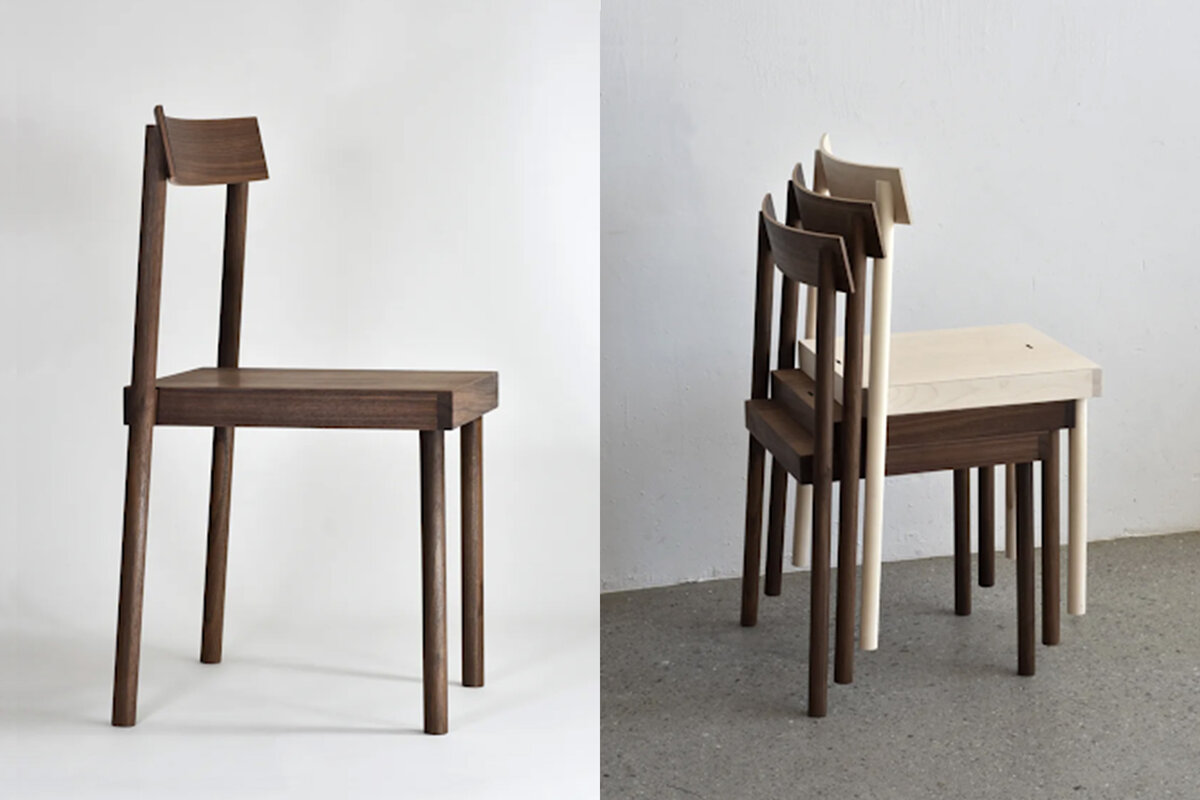
Making Designs Real
Once done with his apprenticeship and his mandatory civilian service in Berlin, Klemens went backpacking (“India, Indonesia, Australia”). Following a short stint as a carpenter in Sydney, he returned to Europe, enrolled to study design at the Academy of Crafts in the German city of Aachen and graduated at the top of his class.
Two years after working as a master designer at the Brammertz joinery, he joined Peter Zumthor’s architectural firm in Switzerland.
Zumthor had just been commissioned the 11th Serpentine Gallery Pavillion in London and it was an exciting time to be a part of his team. Inside the iconic, black, timber-framed structure that the Pritzker laureate designed, there was a shrub and flowers-filled garden designed by Dutch garden designer Piet Oudolf. Klemens put together the zinc-coated furniture that went alongside it.
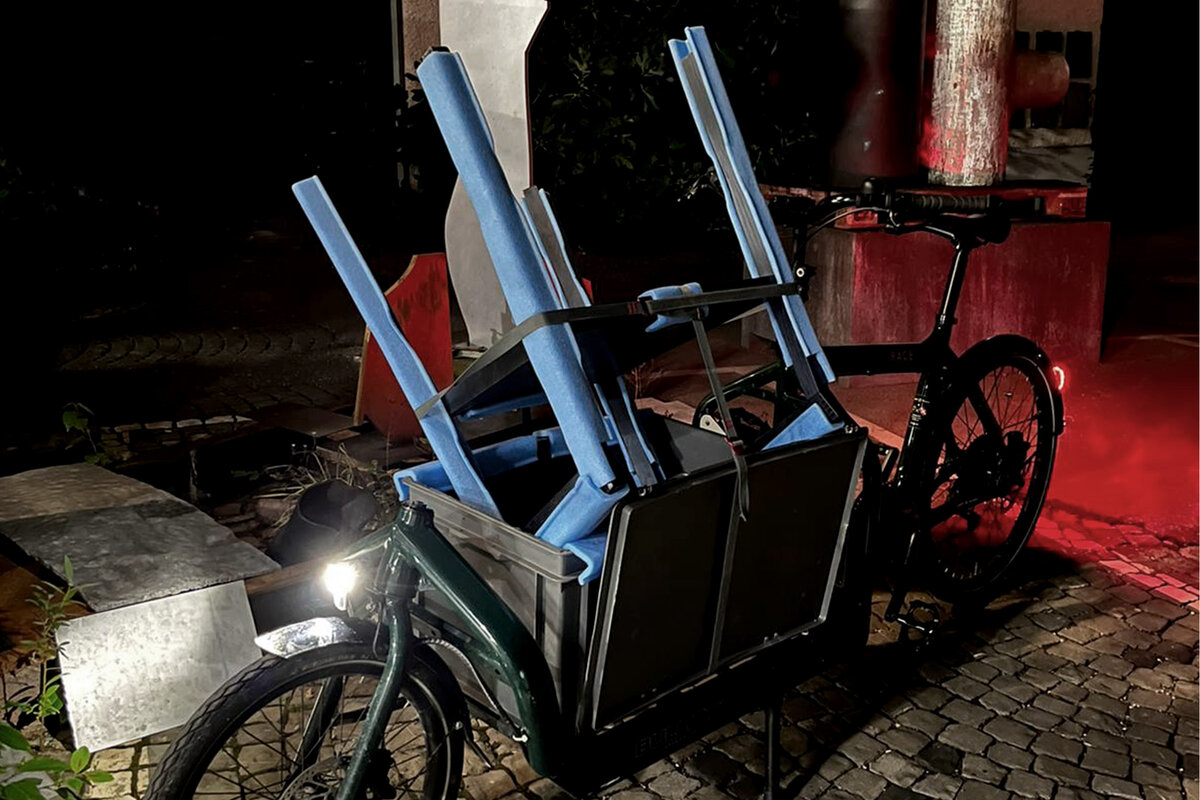
It was a learning experience. “The UK has a strict safety certification system and among other things, I had to obtain official verification that the chairs were sturdy enough for people to sit on many, many times, without collapsing.” He took the furniture to the only such authenticating body they could find in Germany. There he sat for hours, waiting, as a pair of plastic buttocks were repeatedly pressed onto each individual chair to test if they made the cut. Klemens' eyes crinkled as he guffawed at the memory.
Despite the status and repute of the projects he was part of at Zumthor’s, in three years Klemens was ready to move on and start his own firm. Architecture, he came to feel, took too much time to manifest. 'I wanted to see my designs become real sooner', he shrugged.
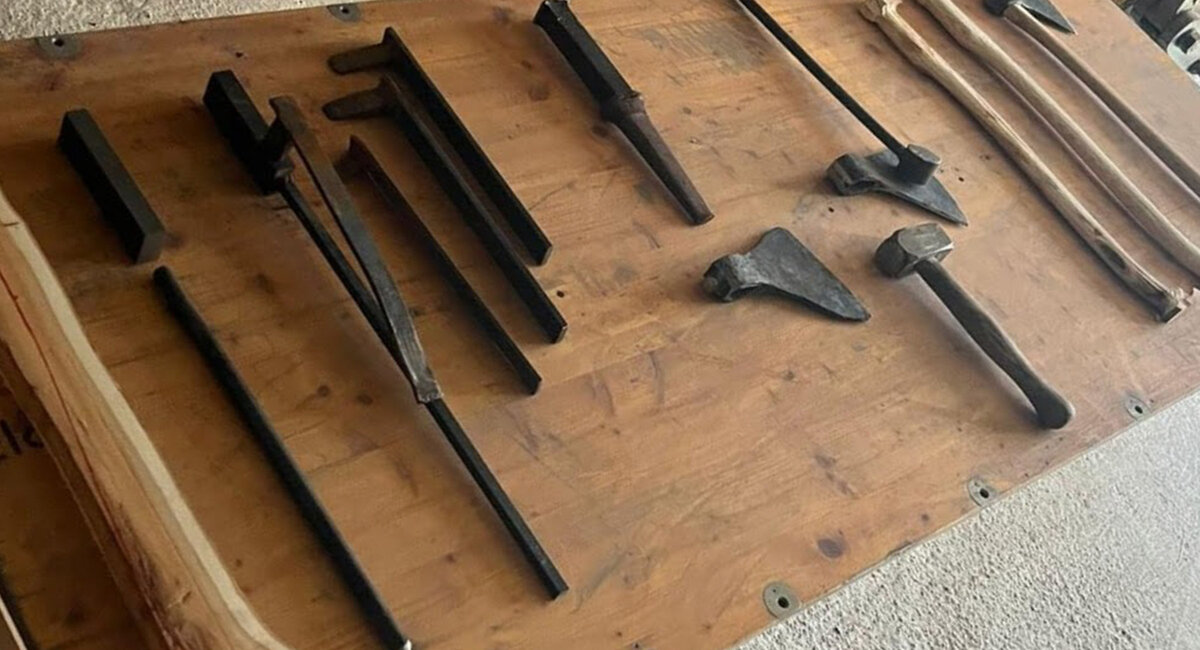
Manifesting Through Furniture
Furniture manifests rituals, Klemens explained as he described the study desk he designed for Phantom Hands. The grounding effects of such ritual became crystal clear during the pandemic when well-worn systems fell apart, he told me. Like most, Klemens had panicked, "if only briefly". But soon he gave up his solo apartment and moved into a shared flat. The new place had inspired new routines and, in turn, new work'.
The Nandi Collection with Phantom Hands is one such fruit of the time.

“Our habits and customs emerge around work desks, dining tables, chairs, beds. These are the mediators between us and the spaces we inhabit. They anchor us to the world.”
- Klemens Grund
Objects As Soundtracks of Our Life
'Everyday objects are the soundtrack in the film of our life story' Klemens declares on his website. I thought about this as I watched a video he sent me at the end of the week. In it a small conical figure floated sideways and upwards on the white of his computer screen, tiny undulations on its inside flashed at me like an out turned stomach. It was a 3D scan of a bell he had found in the river, he told me. He was going to cast it in silver.
Along with the video of the bell Klemens had sent me a picture of a table display showcasing various stages of an axe-making exercise ('for a visitor's tour at the iron foundry', it was labelled). He brushed aside my awe when I pointed out the many things he had made that week alone - the bow, the bell, the axe, the arm sleeve - all on a whim. It was all in a day's work and Klemens' days are bound neatly around dedicated work routines.
They begin with his daily journal. Some of his notebooks are only for his morning thoughts. Others are places for him to note design methods, tips, tricks, ways of documenting accidental discoveries. Klemens returns to his notes often, he told me, 'mainly to look back, gauge what had changed, or for clues about how to do things better'.
“Every year I will cut out design ideas I like from my notebook, save them in a box. I now have a series of such boxes.”
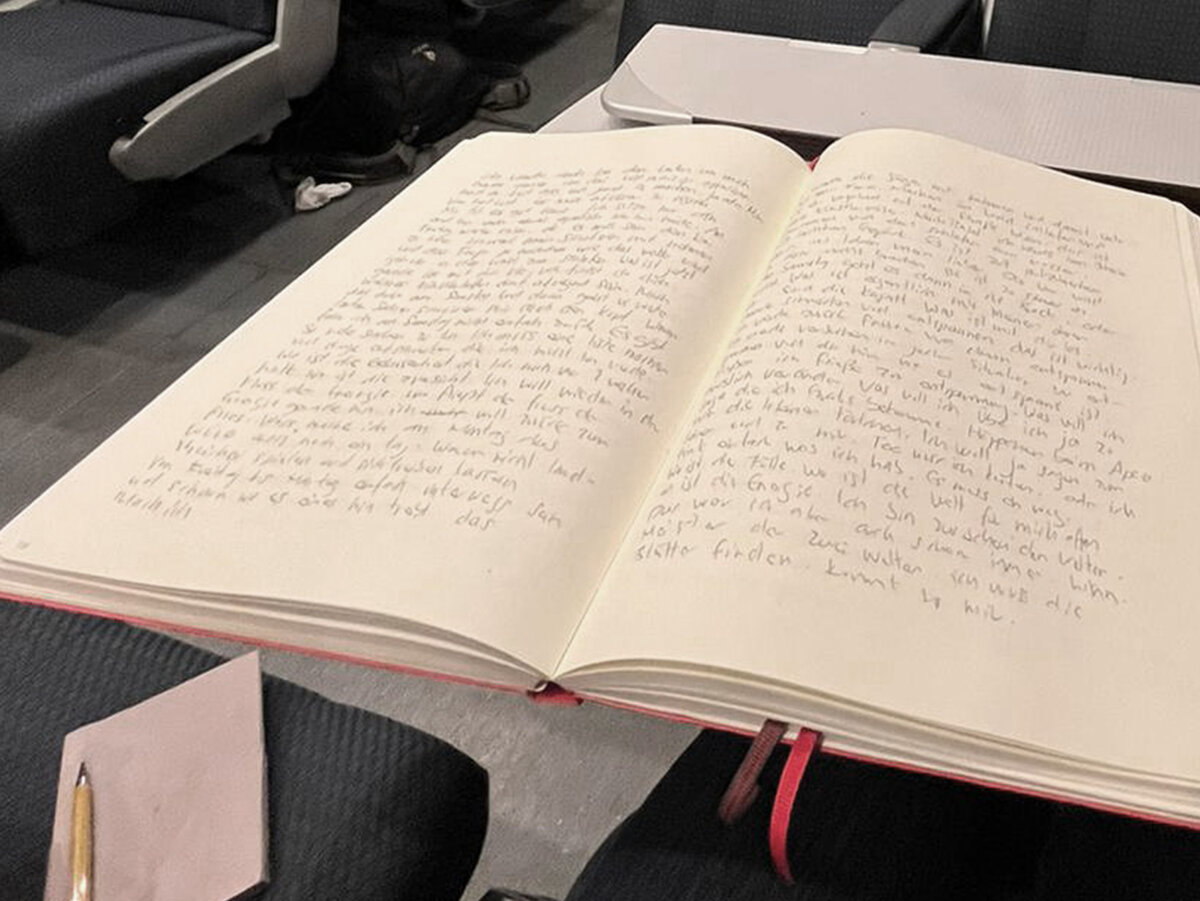
Making Everyday
All of this sounds impossibly composed and methodical; journal pages full of thoughts revisited for self-reflection, curated boxes of design ideas collated from scribble pads and consulted regularly for inspiration. Yet they fit perfectly with the monkish simplicity and discipline that Klemens' life appears to possess.
It would be fair to describe the things he makes as ‘everyday’. They often emerge from his daily life - his morning journals, his long commute, his time at home - and then sink unobtrusively into the universe of objects that make up our day-to-day life.
If they did lend life a sound, it would be a soft, steady hum. Fine, but strong. Like the hint of cherry liqueur in a sweet and lush Black Forest cake.

